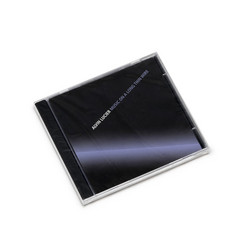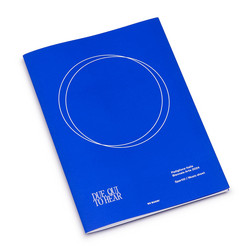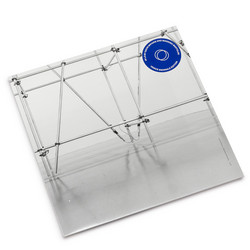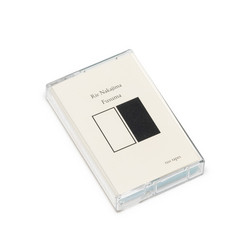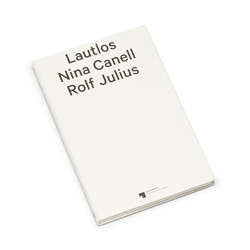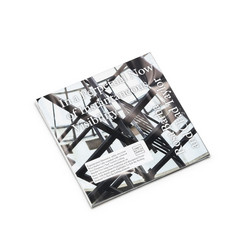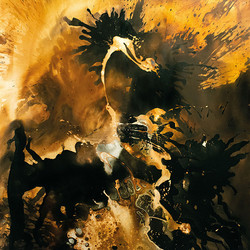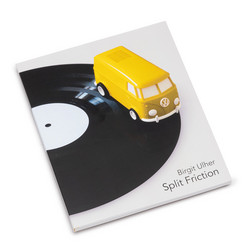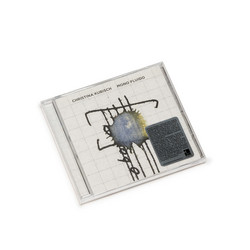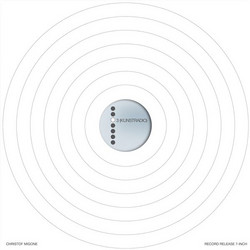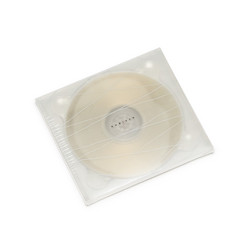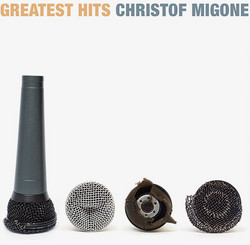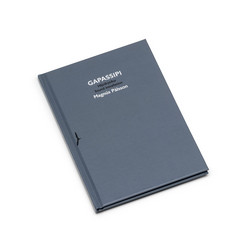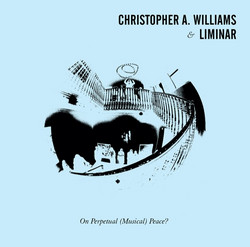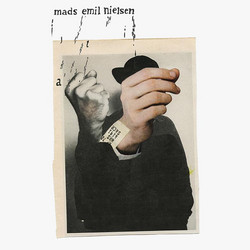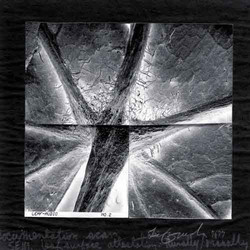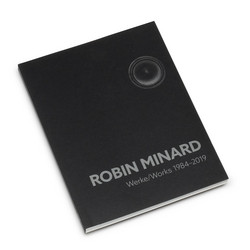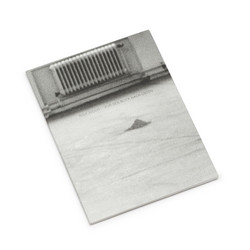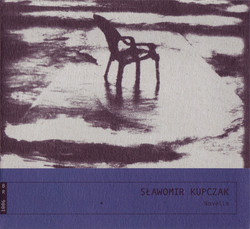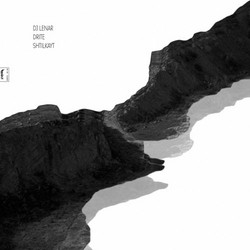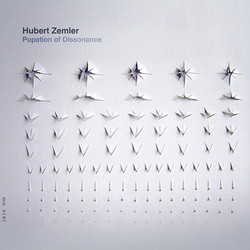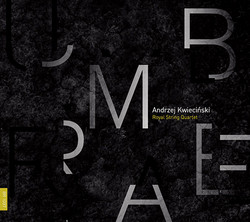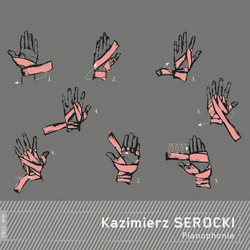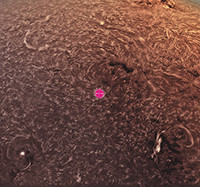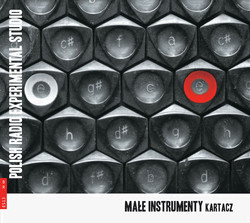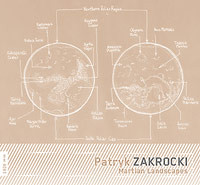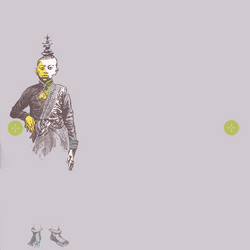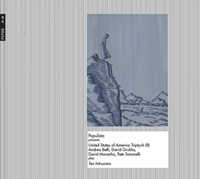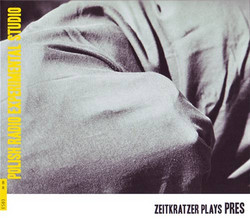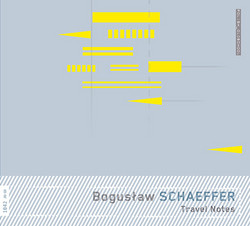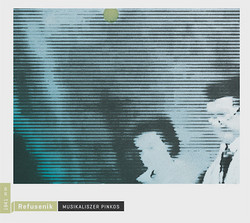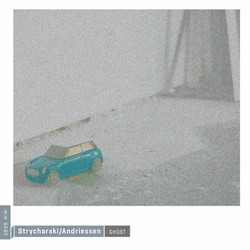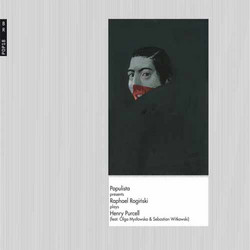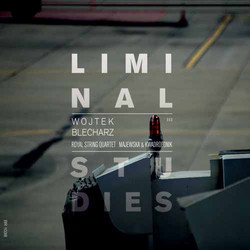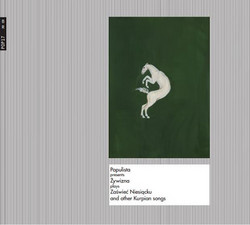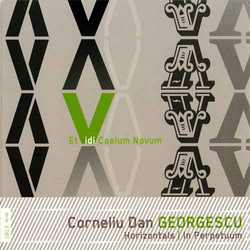Recording of the sound sculpture in the Polish Pavilion at 13th International Architecture Exhibition in Venice. Sound sculpture by Katarzyna Krakowiak. Sound design by Ralf Meinz. Voices by Ulrike Helmholz and Sabina Meyer. Recorded, edited, mixed and mastered by by Ralf Meinz. 32-page booklet. 'Architectural Biennale sound sculpture amplifying the entire building of the Polish Pavilion turned into a flat CD ? Will you say it completely misses the point? Brings the real space into a stereo system ? Or is it just different ? Listening to this album, you will definitely miss some of the acoustic reinforcements of the room we created to raise a sculpture following the natural acoustics of the room. They are only explained here in words, on the following pages. But this is the high time and also the best occasion to highlight other dimensions and bring them to foreground here. We approach the building as the composition itself. And what we hear is the material. The complexity of the material, the fallaciousness and the anxiety of it.
Definitely crossing the line of how much we actually want to hear. Let us say that you can hear the total sum of the sounds we could hear in the Pavilion. The sounds of the interior - the people, what they say and what they do, how they move - inside the room. The sounds of the exterior - just in front and just in the back of the Pavilion with walls and ventilation system working as filters - the boats, the construction work, the cicadas. But also again: the people, what they say and what they do, how they move - outside but audible. The sounds of the neighboring Pavilions - the Venetian and the Serbian with their own sound installations and soundtracks. But also again: the people, what they say and what they do, how they move - neighboring and audible. The sounds of the room - their vibrating walls, floor and ceiling; their beats and their noises. And finally the sounds of the exhibition and in particular the sounds of the opening with Ulrike Helmholtz and Sabina Meyer singing in the Pavilion.
All that amplified, filtered, edited, mixed and sequenced just to make this complexity NOT vanish like it does in every day hearing with our ears'. Michal Libera 'Hearing a piece that tries to be a translation of what you could imagine happening in the polish pavilion at the Biennale 2012 in Venice demands a lot of the listener. So being responsible for the composition needs a lot of translation work. The focusing-point is neither making a drama piece for the radio, nor explaining how a person explores the room. So it is in fact a try to harmonize the audible events from the room and in the room; at the same time rebuilding the musical work of Ulrike Helmholz and Sabina Meyer with their brilliant voices in that rough audio surrounding. Both of them started from totally different points: Ulrike with abstract improvisation and Sabina with arias from Monteverdi. In the process both worked with different singing methods and unfortunately only a part of it can be shown here. Uncommon noises and sounds appear and at the same time very clear sounds from in and out the room irritate because they are very figurative. Inharmonic, disturbing and unpleasant is the result of what was originally distributed by almost 100 speakers through 24 real and many more tricked output channels. Composing the noises, harmonizing the audible events, which were created by the room, the atmospheres, the voices, instruments and other sources has been not only the challenge in Venice but even a lot more for this CD. Every noise, tone and step further in the timeline is a decision made with certain processing on the inputs and all tracks in a unique way. So in the mix for the CD I tried to make the specially developed algorithms usefully working on the noises and sounds for having a two channel stereo CD in the end. Using complex chains of audio treatments for every detail should create what is appearing as difference-, harmonic- and feedback-tones. It contains delays, filters, bit reductions, phase and formant changes and they were used dynamically not statically. Every event causes a change in parameter for the corresponding track. At the same time the overall coincidence was manipulated by main events on main tracks. When you look at the graphical picture of the piece you can see that it is intertwined like a complex structure. One more word to the room: it has been the instrument, amplifier and listener - in the sense that it reverberated and repeated everything happening inside. That is because we worked electro-acoustically on the room as being the inner world of the artist, Kasia Krakowiak, like she worked on the architectural face of the room also considering her body as the basis of reference. The masterpiece of holding all this in balance was, and is made by the curator of the whole project, Michal Libera. He had the vision of working with architecture, sound and music in that special way. Also I am grateful for Ulrike's and Bertil Rehmann«s work and help in the developing process of the CD'. Ralf Meinz
